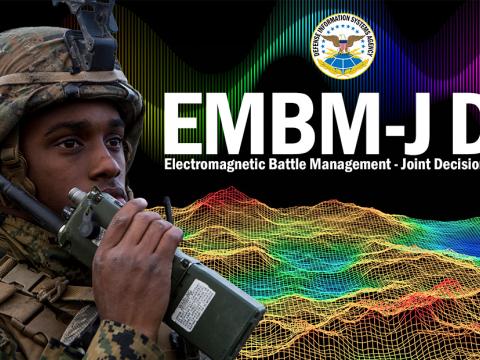NGEN Transition on Track, Program Ready for Potential Changes
The U.S. Navy’s Next Generation Enterprise Network, or NGEN, is on schedule to complete its transition on October 1, according to Navy and contractor officials. While the transition has not been without unexpected challenges, it has been relatively seamless to the user, the officials note. The transition has reached 74 percent of its seats and more than 90 percent of its overall activity, they add.
As implemented, the NGEN program should be “flexible and agile” enough to address changing Navy missions and force structure, the officials offer. This agility includes the ability to modify the contract if necessary.
“[NGEN] has the flexibility to adapt to whatever the Navy will need us to do,” declares Vice Adm. H. Denby Starling II, USN (Ret.), vice president for Navy and Marine Corps Accounts at Hewlett-Packard. As capabilities and operational requirements change, the base contract can be modified as needed. “Whatever the challenges are that face us in the defense world … in those areas where it makes sense to modify the contract to deliver unforeseen capability, we are standing by to help the government do that,” he states.
Several issues remain. Capt. Michael N. Abreu, USN, program manager of the Naval Enterprise Networks (NEN) Program Office, PMW 205, allows that some aspects might not be completely ready by October 1. Some elements of the ordering tool will not be up and running by that date. For example, VIP services for senior leaders will need to be provided manually, he notes.
Capt. Abreu describes planning prior to the kickoff of execution as the key to identifying potential issues that would arise during transition. He cites as an example fleet needs for operational support services at pierside, which had to be prioritized so they would not affect any support to units returning to base. The program office worked closely with fleet chief information officers (CIOs) to anticipate and clear up any problems.
Interpreting requirements also posed occasional problems. “With our requirements in the contract, sometimes we don’t exactly get it right,” the captain allows. Execution often brings these issues to light, and this process is relatively normal in large contracts. He cites the issue of VIP services, which are to be “specifically orderable.” The government planned to order these services in lots of 10 VIPs, but rarely do blocks of 10 VIPs appear in the same location at the same time. Accordingly, that approach was changed to allow lots of five VIPs or even just one, the captain notes.
Adm. Starling offers that the program continues to put capability into the network, including upgrades such as transport bandwidth improvements. Some commercial off-the-shelf requirements from the Navy Marine Corps Intranet (NMCI) that were not captured in NGEN requirements needed to be translated into the new system. The effort’s technology refresh program replaces old gear and serves as a pathway to modernizing the network, he notes.
When the transition is complete, the program still has “some very large rocks coming up that we have to go make into little rocks,” Capt. Abreu allows. Among the bigger rocks is continuing cybersecurity work, he offers. The contract offers the agility needed for the government to direct rapid security efforts. Also, legacy networks remain in the Navy, and they must be incorporated into NGEN. Among these are the OCONUS networks, and the program office is examining how to incorporate them fully into a business model like NGEN and then into the program office.
Mobility solutions loom large. Introducing mobile devices into the environment as part of the Navy’s overall plan is underway. And, the Joint Information Environment (JIE) will feature prominently in the NGEN evolution.
Both officials believe that continued funding will not be a problem. Capt. Abreu offers that it already has saved the Navy $1 billion in annual budgetary funding, and NGEN will realize enterprise-level savings of $20 million per month. The transition’s final hardware payment will take place by the end of calendar year 2014.




Comments